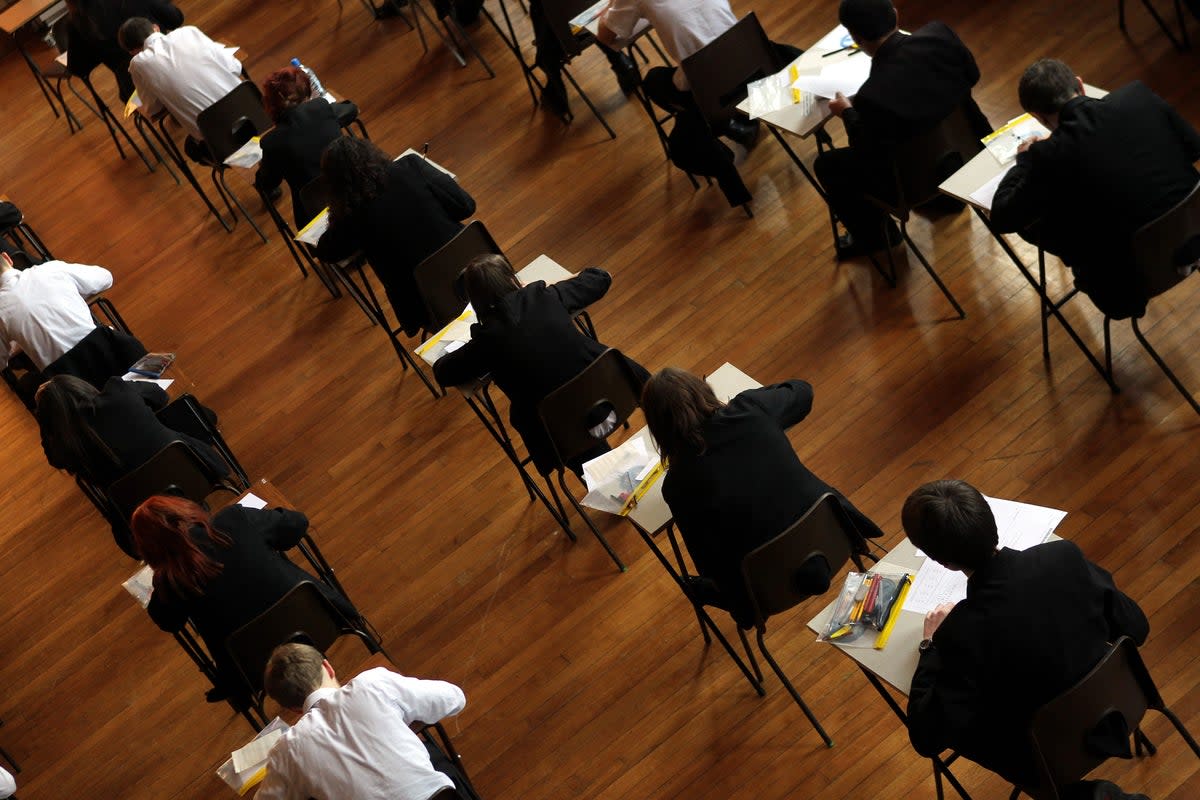What time will you know SATS results and how can you find them?

The Key Stage 2 (KS2) Standard Assessment Tests (SATs) results have been published. SATs measure school performance and whether or not children are at the level they should be.
Primary school children in year six sat the tests in May, and were tested on maths, science and English. They were scored on a scale of 80 to 120. The assessments are used to measure performance at school and to ensure pupils are being correctly supported, the Department for Education said.
When will the results be released?
SATs results were released on Tuesday July 9 at 7.30am.
How do you find SATs results?
This is dependent on schools and how they choose to release the results. Schools often send a list of results home with each child's end of term report.
What are SATs?
SATs is an acronym for Standard Assessment Tests. The tests are taken by children in year six (primary school) and are designed to ensure children are on track to meet the standards set out by the government in English and maths.
Pupils take English grammar and spelling papers, as well as a reading test.
They are then tested on their maths skills, including arithmetic and reasoning.
What is a good SATs score?
A good score is dependent on individual children, their goals and their ability. A scaled score of 100 or more means a child is working at the expected national standard in the UK, known as AS.
However, a score below 100 suggests the pupil's attainment is below the standard set by the government, this is recorded as NS.
The maxim score a pupil can achieve is 120. The minimum is 80.
To meet government expectations, pupils must achieve 100 in their scaled scores.
What were the national averages in 2024?
Overall, 61 per cent of pupils met the expected standard in reading, writing and maths, compared with 60 per cent the year before.
Reading
In reading 74 per cent of pupils met the expected standard, compared with 73 per cent in 2023.
Maths
In maths, 73 per cent of pupils hit the expected standard. This was the same as the year before.
Writing
Here, 72 per cent of pupils met the expected standard, this was up from 71 per cent.
Grammar, punctuation and spelling
Performance in grammar, punctuation and spelling was 72 per cent – the same as the year before.
Science teacher assessment
Of pupils 81 per cent got the expected standard, an increase from 80 per cent.


